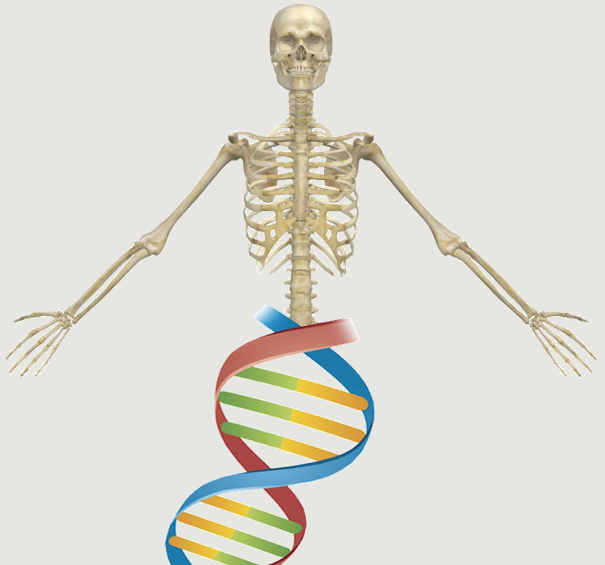Abstract:
BACKGROUND CONTEXT: The intervertebral disc (IVD) possesses a minimal capability for self-repair and regeneration. Changes in the differentiation of resident progenitor cells can represent diminished tissue regeneration and a loss of homeostasis. We previously showed that progenitor cells reside in the nucleus pulposus (NP). The effect of the degenerative process on these cells remains unclear. PURPOSE: We sought to explore the effect of IVD degeneration on the abundance of resident progenitor cells in the NP, their differentiation potential, and their ability to give rise to NP-like cells. We hypothesize that disc degeneration affects those properties. STUDY DESIGN: Nucleus pulposus cells derived from healthy and degenerated discs were methodically compared for proliferation, differentiation potential, and ability to generate NP-like cells. METHODS: Intervertebral disc degeneration was induced in 10 skeletally, mature mini pigs using annular injury approach. Degeneration was induced in three target discs, whereas intact adjacent discs served as controls. The disc degeneration was monitored using magnetic resonance imaging for 6 to 8 weeks. After there was a clear evidence of degeneration, we isolated and compared cells from degenerated discs (D-NP cells [NP-derived cells from porcine degenerated discs]) with cells isolated from healthy discs (H-NP cells) obtained from the same animal. RESULTS: The comparison showed that D-NP cells had a significantly higher colony-forming unit rate and a higher proliferation rate in vitro. Our data also indicate that although both cell types are able to differentiate into mesenchymal lineages, H-NP cells exhibit significantly greater differentiation toward the chondrogenic lineage and NP-like cells than D-NP cells, displaying greater production of glycosaminoglycans and higher gene expression of aggrecan and collagen IIa. CONCLUSIONS: Based on these findings, we conclude that IVD degeneration has a meaningful effect on the cells in the NP. D-NP cells clearly go through the regenerative process; however, this process is not powerful enough to facilitate full regeneration of the disc and reverse the degenerative course. These findings facilitate deeper understanding of the IVD degeneration process and trigger further studies that will contribute to development of novel therapies for IVD degeneration.
Notes:
Mizrahi, Olga Sheyn, Dmitriy Tawackoli, Wafa Ben-David, Shiran Su, Susan Li, Ning Oh, Anthony Bae, Hyun Gazit, Dan Gazit, Zulma eng R03 AR057143/AR/NIAMS NIH HHS/ Research Support, N.I.H., Extramural Research Support, Non-U.S. Gov't 2013/04/13 06:00 Spine J. 2013 Jul;13(7):803-14. doi: 10.1016/j.spinee.2013.02.065. Epub 2013 Apr 9.
Website

